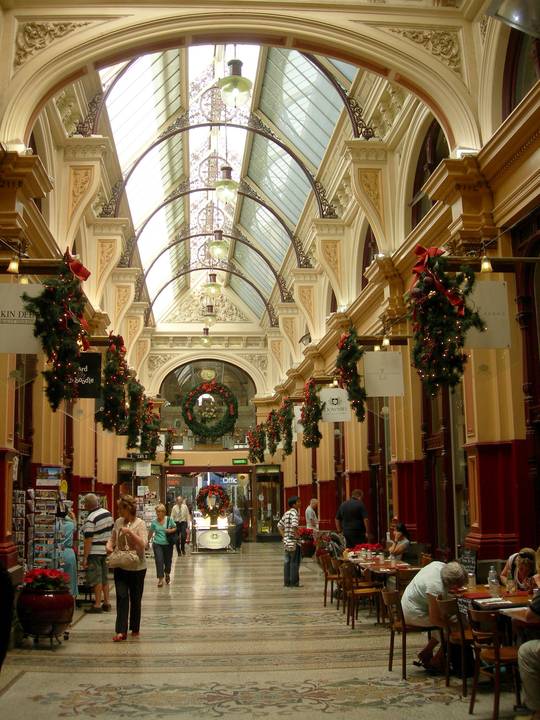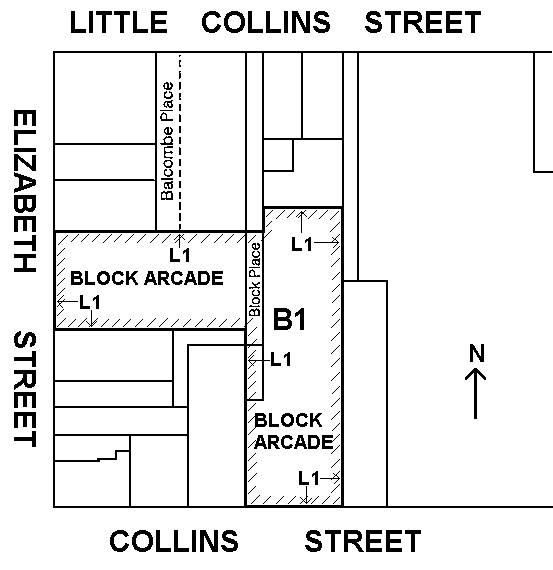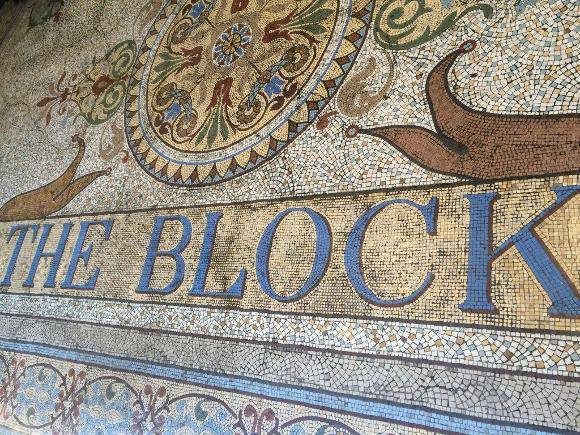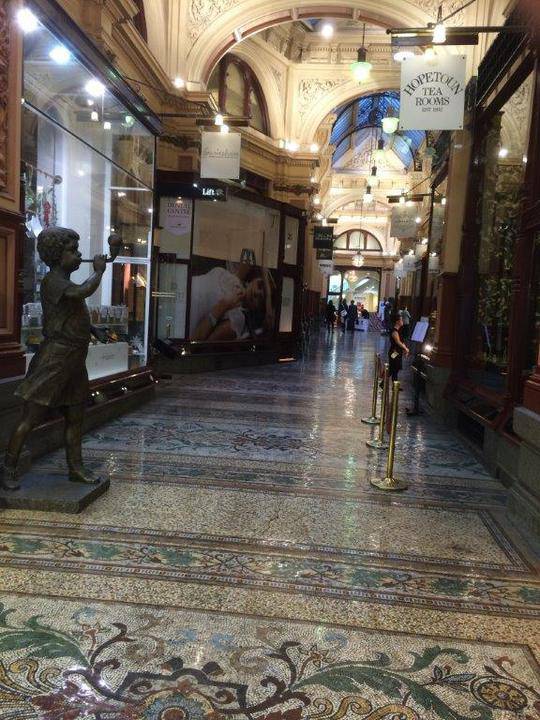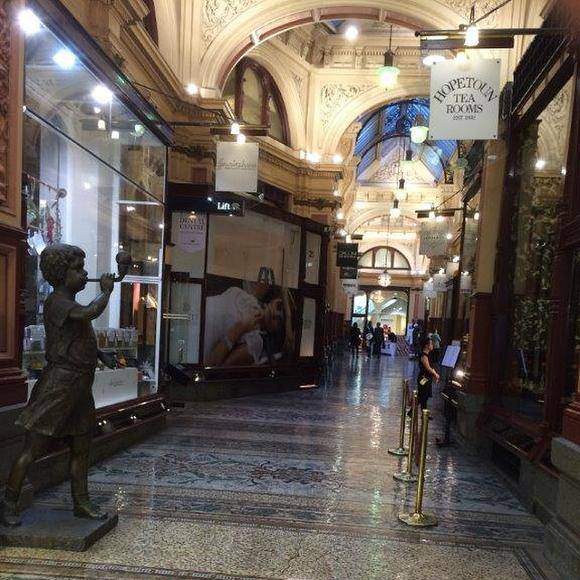| Back to search results » | Back to search page » |
|
BLOCK ARCADE
Location280 - 286 COLLINS STREET 96 - 102 ELIZABETH STREET MELBOURNE, MELBOURNE CITY
File Number11/012381 [closed]LevelRegistered |
|
Statement of Significance
What is significant?
The Block Arcade was developed by financier Benjamin Fink. The Collins Street section of the building was completed in February 1892 and is similar in style to the Milano Galleria Vittorio Arcade in Italy. The new shopping arcade was designed by David.C.Askew of the architectural firm Twentyman and Askew. The cost of erection was £46 233. The bluestone footings for the building came from the original structure on the site, the Briscoe & Company Bulk Store. The site of 96-102 Elizabeth Street was purchased by the City Property Company Ltd in January 1892. Architect David Askew was called upon to continue his style for the arcade and this area was completed in October the following year. The Block Arcade comprises of arcade shops with mezzanine levels above for social rooms and offices, shops to Collins Street, Block Place and Elizabeth Street and four levels of office space above. The arcade forms an L-shape with a polygonal planned space with a glazed roof at the corner of the L. The kink in the plan was due to the shape of the original block subdivision and the location of Block Place, the lane behind. Linking the two spaces is an elaborately patterned mosaic floor of tiles, which were imported from Europe. When the arcade was constructed the Building and Engineering Journal noted that the flooring contained the largest area of mosaics yet laid down in Australia. In 1907, scenic artist Philip Goatcher for the Singer Sewing Machine Company decorated the ceiling of their premises on the east corner of the Collins Street entry to the arcade. The other shop to Collins Street, which housed the first Kodak shop in Melbourne contains an elaborate pressed metal ceiling. The facades to Collins and Elizabeth Street are designed in the Victorian Mannerist style with elaborate stucco decoration. Particular facade elements include; triangular and segmental pediments; rustication and an exaggerated cornice with brackets. Features of the upstairs office spaces include timber joinery around lift entries, tessellated tiles to the lobby spaces, elaborate leadlight windows and decorative plasterwork to arches in the corridors. There is also one surviving communal timber telephone box situated in a corridor.
How is it significant?
The Block Arcade is of architectural, aesthetic, social and historical importance to the State of Victoria.
Why is it significant?
The Block Arcade is of architectural and aesthetic importance as an excellent intact example of a shopping arcade. The design draws on early and influential European models and as such is important in its ability to demonstrate the essential and typical qualities of those designs and the continuity of the tradition of covered shopping streets. The Elizabeth and Collins Street facades are fine examples of the Mannerist style demonstrating many of the characteristic elements, such as a combination of triangular and segmental pediments and rustication. The Block Arcade is of architectural and aesthetic significance as it features lavish interior decoration, including an extraordinary mosaic tile floor. Based on the Milan Galleria Vittoria, it has a glass roof over the arcade with a glass dome at is corner. Its internal spaces, with their high quality finishes, have been maintained and the arcade remains a grand and prestigious retailing precinct. Attention to detail has also been carried through to the office spaces on the levels above the arcade.
The Block Arcade is of social and historical importance as the grandest and most fashionable amongst what became an extensive network of retail arcades that provided an alternative pedestrian route to Melbourne's major streets. Many of the arcades constructed in Melbourne before the turn of the century have not survived or have been altered considerably. The Block Arcade is important as an essential element in the social institution of doing The Block. This was a friendly expression referring to the stylish shopping trend of the late 19th century which involved starting in Collins Street at Swanston, then moving west to Elizabeth, north to Little Collins Street and back to Swanston. The Block was the place to be seen and those who frequented the popular thoroughfare, its shops and tea houses were often recorded by caricaturists in the city's social pages.
Group
Retail and Wholesale
Category
Arcade


